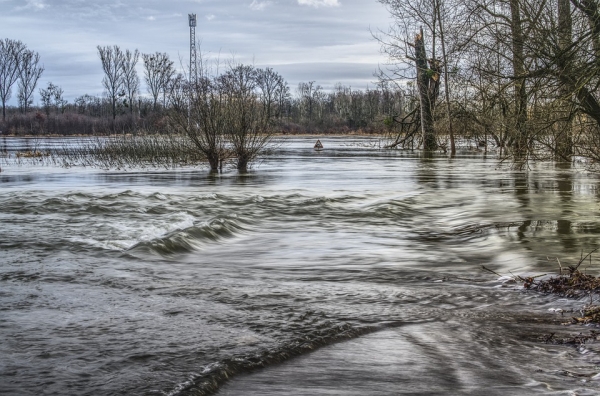The first study to systematically investigate flooding risk to hospitals on the Atlantic and Gulf Coasts from Category 1-4 storms finds that even relatively weak storms pose a serious flood risk to hospitals along the coast. Sea level rise expected in this century due to the effects of climate change increases the odds of hospital flooding by 22 percent according to a study, which was published today in the AGU journal GeoHealth by the Center for Climate, Health, and the Global Environment at Harvard T.H. Chan School of Public Health, Boston University School of Medicine Department of Family Medicine, and PSE Healthy Energy.
“We now have a better sense of which hospitals are likely to flood from a hurricane today and those that need to prepare for greater risks in the future,” said senior author Aaron Bernstein, interim director of Harvard Chan C-CHANGE. “Hurricanes are expected to get more severe and may strike regions further north than in the past due to climate change. In places like my hometown of Boston, we can avoid crises that other hospitals have had to endure by learning from their experience and creating plans that build on best practices. But we must act now, before disaster strikes.”
Researchers identified 682 acute care hospitals in 78 metropolitan statistical areas located within 10 miles of the Atlantic and Gulf Coasts of the United States, covering a population just under 85 million people, or about 1 in 4 Americans. They found that 25 of the 78 metro areas studied have half or more of their hospitals at risk of flooding from a Category 2 storm.
Read more at Harvard T.H. Chan School of Public Health
Photo Credit: distelAPPArath via Pixabay


